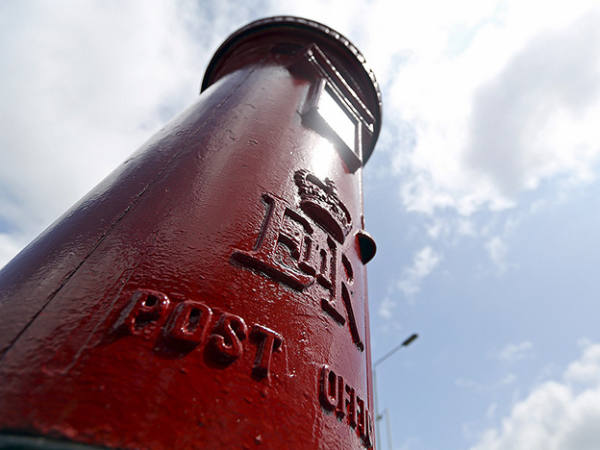The limits on the maximum that can be withdrawn from a pension via drawdown are currently based on the Government Actuary's Department (GAD) rate, which reflects the yield on 15-year gilts. In 2011 the government removed a 20 per cent uplift to these limits which, together with a fall in gilt yields, led to significant falls in the maximum income for drawdown pensioners.
In response to lobbying activity, the government announced in the autumn statement that it would reinstate the 20 per cent uplift. But now the details have been revealed in draft legislation, many drawdown investors will still have to wait a long time to benefit.
The 120 per cent GAD limit will only be applied for reviews from, at the earliest, 26 March 2013 onwards. Depending on the budget timetable, it may be later.
However, large numbers of drawdown investors will be left angered at the prospect of not being able to benefit from increased drawdown limits from this date.
Individuals with a drawdown review due on 25 March 2013 will have to wait 14 months, until 25 March 2014, to have their benefits reviewed using the uplifted limits.
This is because people can only start to see the benefit of the uplift from the start of their new income year following the implementation of the rule change. An income year is driven by the date a person first started taking income withdrawals from their pension.
For members under age 75 the maximum income that can be taken is reviewed at least every three years and aims to make sure that the income drawdown fund continues to provide an income and isn't used up too quickly.
AJ Bell chief executive Andy Bell says: "Drawdown investors who have been frustrated by this drop in their income will question why they have to wait as long to benefit from the government's u-turn. These are precious years for pension savers that they won't get back.
"I hope a full review of the rules is still on the government's agenda. We continue to receive correspondence from clients who don't understand why their maximum drawdown income should be based on a factor which bears no relation to the typical drawdown investor's needs."
Based on a £100,000 drawdown fund, using February 100 per cent GAD rates, a 60-year-old currently can draw a maximum of £4,800. Under the reinstated 120 per cent GAD limit this will increase to £5,760. A 65-year-old who would currently be allowed a maximum £5,500 income will be allowed £6,600 (source: Hargreaves Lansdown).
However, the current 15-year gilt yield these are based on is 2.25 per cent for February. This is increasing to 2.5 per cent for March so incomes will increase further.
While people do not need to take any action for the uplift to take effect, women could see their income rise by more than 20 per cent as a result of the new gender-neutral rules.
Changes to the maximum capped income calculation as a result of gender neutrality came into play on 21 December 2012. The factors that determine the amount of income withdrawals that men and women are permitted to take from their pension each year is now identical, which means the position for women has improved significantly.
Raised maximum income limits will help drawdown investors who need higher levels of income. However, if your investments are not performing then they could be a red herring that could leave your pension pot depleted. So keep an eye on the natural yield generated from the underlying investments and try not to draw much more than this.










